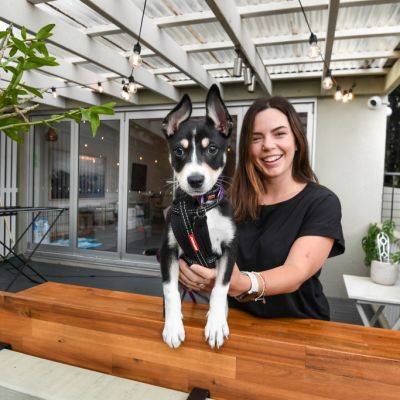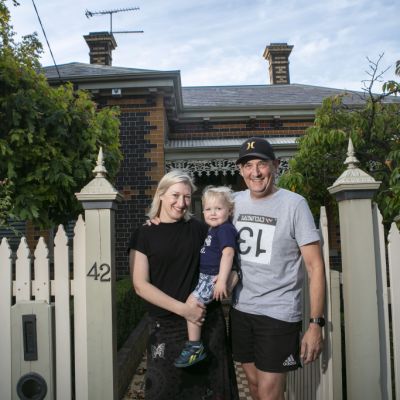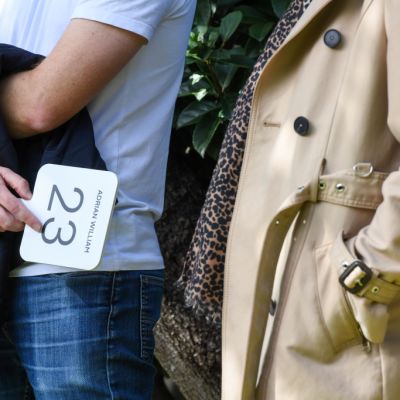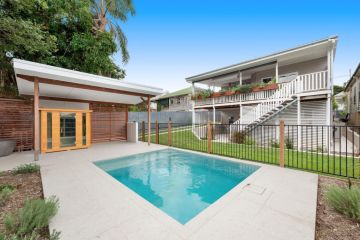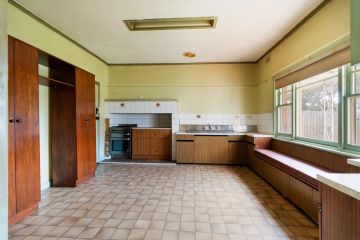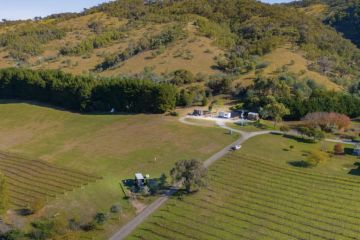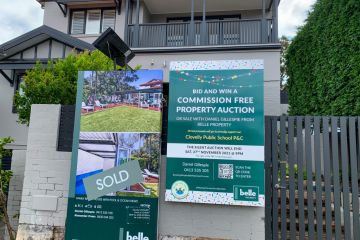House prices: Only one in five Australians expect homes to sell at the advertised price, survey finds
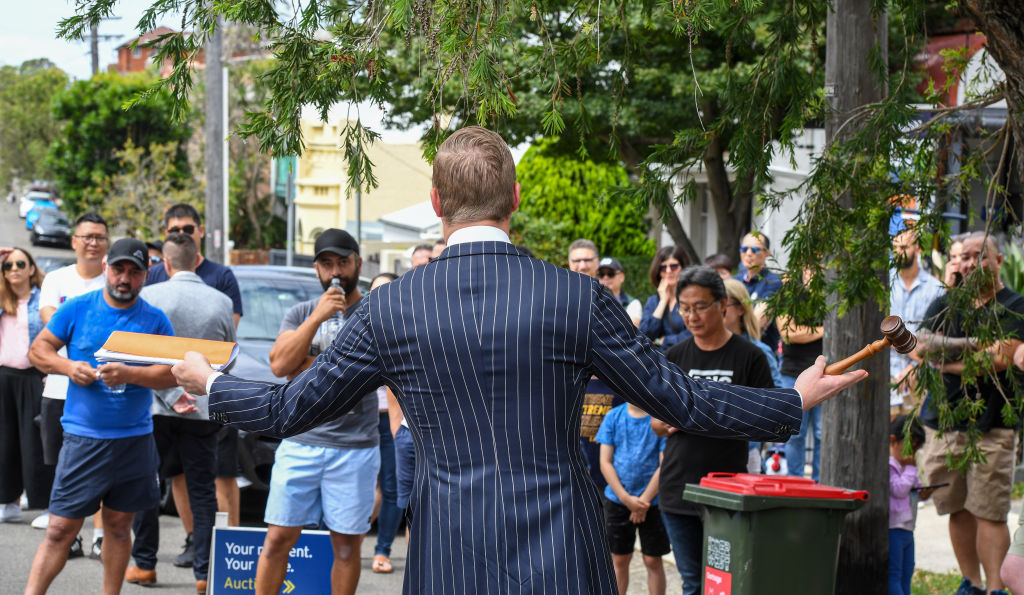
Australians are sceptical that properties will sell for their advertised price guide, a new survey shows, with the bulk expecting prices to soar much higher.
Only 19 per cent of Australians think properties sell at their sticker price, with almost a quarter expecting homes in their area to sell for a premium of at least 15 per cent above the guide, a survey by comparison platform Finder of more than 1000 people found.
The June survey found 71 per cent of respondents expected a property would go for more than the asking price, half of whom expected a result at least 10 per cent above the guide.
Only 11 per cent believed homes in their area would sell for below the sticker price.
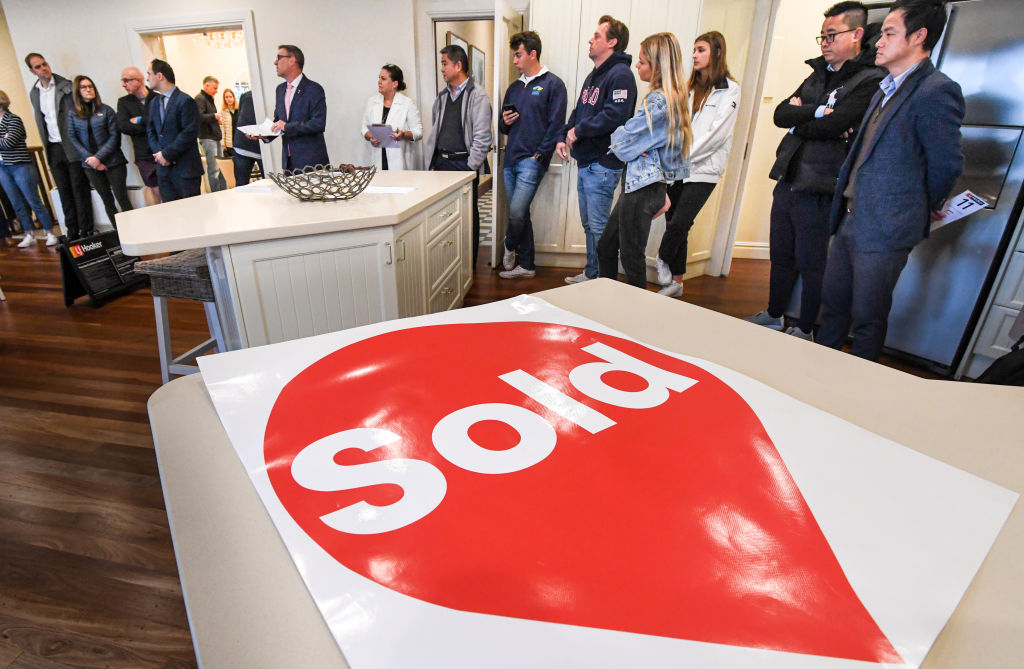
Richard Whitten, home loans expert at Finder, said the results were unsurprising given the nation’s soaring property prices — home values climbed another 1.9 per cent in June — and reports of homes selling hundreds of thousands of dollars above auction guides each week.
Those in Sydney (80 per cent) and Melbourne (79 per cent) were more likely than their Brisbane counterparts (66 per cent) to expect a result above the asking price, with more than a quarter of Sydneysiders (28 per cent) and Melburnians (26 per cent) believing a price would go more than 15 per cent above, compared with 23 per cent of those in Brisbane.
In dollar terms, this means more than a quarter of Sydneysiders expect a home advertised at the city’s median house price of about $1.3 million, to sell for at least $195,000 more than advertised. About 3 per cent of Sydney respondents would add more than $650,000 onto such a guide in their area.
| 1-5% premium | 12% |
| 6-10% premium | 23% |
| 11-15% premium | 13% |
| 16-20% premium | 13% |
| 21-30% premium | 5% |
| 31-50% premium | 3% |
| More than 50% premium | 2% |
| I think houses sell at the price they’re advertised for | 19% |
| I think houses sell at less than their advertised price | 11% |
Meanwhile, 18 per cent of Brisbane respondents thought properties in their area would sell for less than advertised, compared with just 6 per cent of those in Sydney and Melbourne.
Mr Whitten said the booming property market had instilled a fear of missing out among prospective home buyers, pushing them to dig deep — particularly at competitive auctions — which was seeing homes sell for well above asking prices.
People were routinely adding 5-10 per cent onto a price guide, wary that it did not reflect the current market, he said.
Baby boomers were most likely to believe the advertised price, with 26 per cent expecting it to match the sale price. They were followed by Generation Y (19 per cent), Generation X (17 per cent) and Generation Z (15 per cent).
Mr Whitten said it was important for buyers to do their own research and look at comparable sales. Researching government schemes and comparing savings accounts and mortgage rates, was also key to helping stretch your money, he said.
Real Estate Buyers Agents Association of Australia president Cate Bakos was unsurprised by the findings, but warned buyers against routinely adding a set amount to a property price.
“I see some people apply a rule of thumb of 15 per cent, but if something is underquoted by 30 per cent they still won’t get it, and if the agent is being honest, they may overlook it if they expect the property to go for 15 per cent more.”
Ms Bakos said underquoting — where an agent deliberately advertises a property for less than it is expected to sell, less than a seller will accept, or less than an offer the seller has knocked back — was a horrendous practice that wasted consumers’ time and money, and made it harder for honest agents to quote accordingly.
“Agents who quote more honestly lose the buyers for their campaign because other agent are underquoting [similar properties]. They start to compete, and it’s a race to the bottom.”
Ms Bakos encouraged consumers to do their own research because price guides, and even comparable sales, provided by agents were too often off the mark.
“[This week] I assessed a house quoted for $780,000-$840,000 and the two comparable sales were a unit that sold in lockdown, and a property that had high voltage power lines through it,” she said, adding she expected the house to go for above $1 million.
Real Estate Institute of Australia (REIA) president Adrian Kelly said the bulk of agents did the right thing, and added they had little to gain by underquoting, which would only increase interest from buyers looking in a lower price bracket.
Mr Kelly said the pace at which the market was rising did make it more difficult for agents to accurately price property, with comparable sales quickly becoming out of date.
“It makes sense to me to be adding an extra 5-10 per cent to a price guide, because that’s exactly what the market is doing at the moment,” he said, adding agents could only base prices on the real evidence of past sales and buyer feedback.
“If we go higher than that it’s real crystal ball stuff.”
We recommend
We thought you might like
States
Capital Cities
Capital Cities - Rentals
Popular Areas
Allhomes
More
